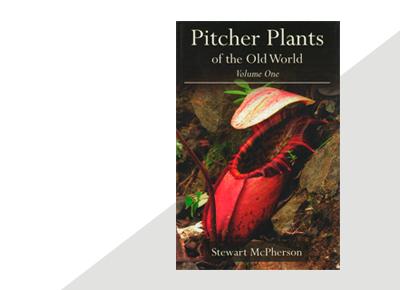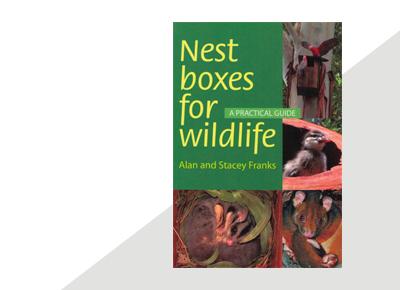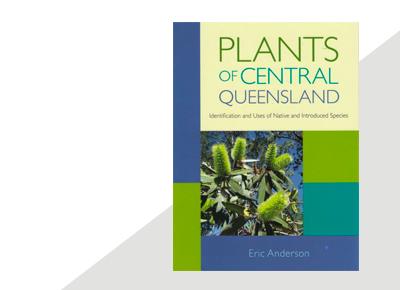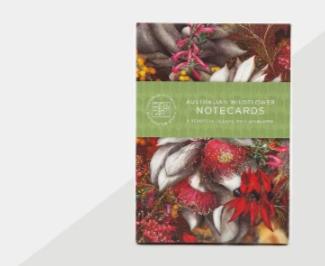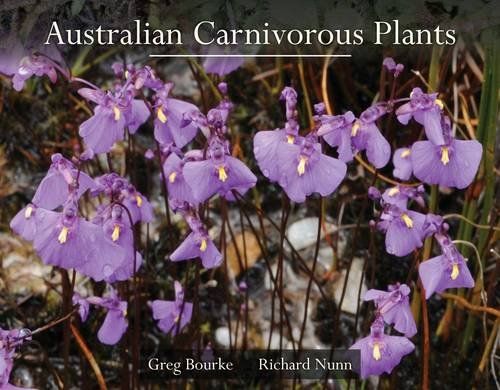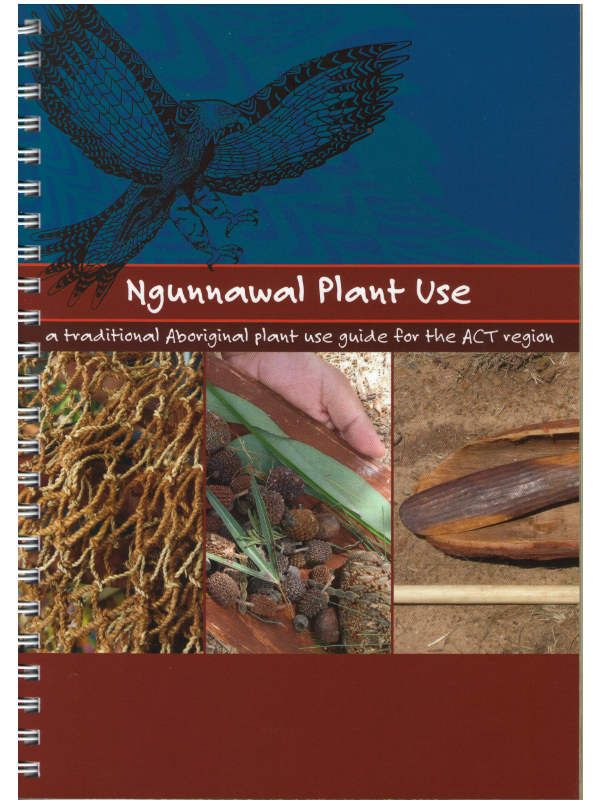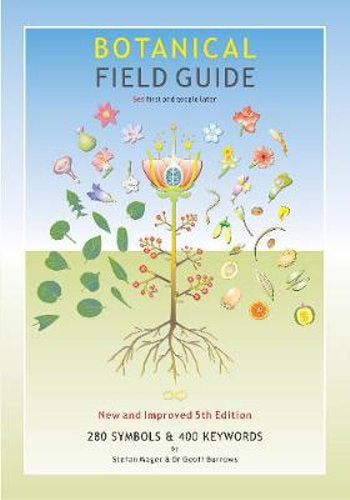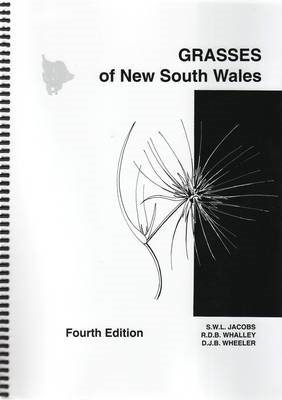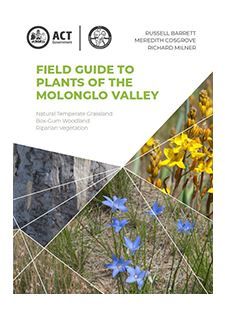9781908787026
Greg Bourke and Richard Nunn
2012
Hardcover
196 pages
21.3cm x 24.4cm
Australian Carnivorous Plants is a beautifully produced coffee table book with extensive colour photographs of all carnivorous plant genera found in Australia (Aldrovanda, Byblis, Cephalotus, Drosera, Nepenthes, and Utricularia).
Incorporating 180 images of over 150 species taken over the past two decades by acclaimed wildlife photographers and carnivorous plant experts, Greg Bourke and Richard Nunn, this visually striking book is the first work dedicated to highlighting the beauty of Australian carnivorous plants in the wild through high quality photographs. The selection of breathtaking images featured in this lavishly illustrated work was carefully chosen to highlight the extraordinary diversity of carnivorous plants found in Australia, an assemblage that is greater than on all other continents on Earth.
The spectacular images and detailed captions, written in accessible English, offer a uniquely informative portrait of some of the Southern Hemisphere's most extraordinary and beautiful plants. It is a work that will fascinate amateur nature enthusiasts and specialist botanists alike.
This beautiful book includes a foreword by Allen Lowrie, a world authority on carnivorous plants; a short introductory chapter to the carnivorous plants of the world with a summary and complete listing of all carnivorous plant species found in Australia; chapters dedicated to each genus of Australian carnivorous plant with introductory descriptions; a chapter on conservation; and information relating to the photographic techniques used by the authors. Many of the taxa covered here have never been depicted in print before. Particular highlights include: the first complete listing of all currently known carnivorous plants of Australia; many rare, little known and seldom photographed taxa, including Byblis aquatica, B. rorida, Drosera browniana, D. bulbosa subsp. major, D. gibsonii, D. nivea, D. oreopodion, D. radicans, D. zigzagia, Utricularia circumvoluta, U. leptoryncha, U. paulineae, U. singeriana, and many more.



